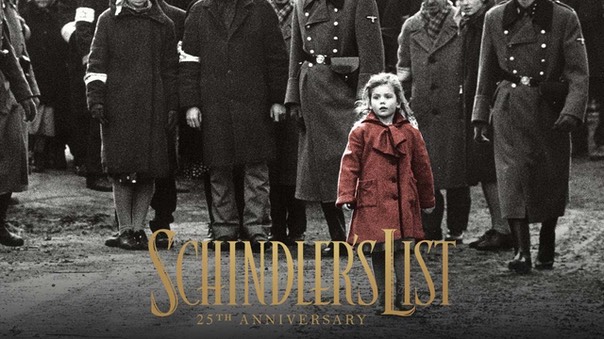
Film is a powerful way for our students to experience history. How better to learn about the Holocaust than to watch a masterpiece like Schindler’s List? Combining non-fiction documentaries with fictionalized movies during a unit can create historical emphathy in our students. The key to making film effective in the classroom is combining footage with a variety of other learning resources.
Teachers may dedicate several classes for an entire film or just show a scene. For example, when students view the first thirty minutes of Saving Private Ryan they will not forget the Allied landing on the Normandy beaches on D-Day.
Occasionally, a Hollywood box office movie comes along to help us in our job. I used the epic Gandhi to teach about British imperialism in India and the non-violent struggle for independence led by Mohandas Gandhi.
Recently Harriet opened in theaters. Harriet is a PG-13 biopic of the Underground Railroad’s most famous conductor, Harriet Tubman (1822-1913). The movie depicts southern slavery, the biographical specifics of Tubman’s life, and significance of the Underground Railroad.
Good historical films like Harriet transport the viewer to another time and place, establishing an emotional connection to a distant historical period. A sixteen-year-old watcher can imagine the brutality Tubman faced as a slave, witness the dangers of her escape, and admire her commitment to the liberation of her people.
Non-fiction documentaries and primary source video provide excellent educational opportunities, too. For example, my US history students viewed the official newsreel produced by the US government during World War II on Japanese Relocation and then watched Civil Wrongs and Rights: The Fred Korematsu Story, to hear first-hand accounts by Japanese Americans in these same internment Camps. To illustrate a more recent example of how wartime fear can lead to discrimination, I showed my students Divided We Fall, a documentary film on hate crimes against Sikh Americans in the aftermath of 9/11.
They Shall Not Grow Old, is a powerful documentary on World War 1. The film maker, Peter Jackson, has colorized segments of original film footage. This humanizes the soldiers, and makes the horror of the trenches all the more real, more contemporary. The rain and the rats, the barbed wire and bombardments, the gas attacks, the fear of going “over the top” into a desolate and dangerous “no-man’s-land", all in living color.
Film is most productive when it is woven in with a variety of other classroom resources. For example, They Shall Not Grow Old should be shown along with a mix of posters, poetry, photographs, literature and web resources from World War 1. It might also be shown in conjunction with scenes from the new WW 1 film in theaters, 1917.
Many of my best units combined non-fiction documentaries with historical fiction movies. For example, while studying the Montgomery Bus Boycott, I showed the segment, Awakenings (1954-1956), from the award winning documentary The Eyes on the Prize. This was an excellent way for students to learn about Rosa Parks. We also watched The Long Walk Home, the fictional story of two families, one white and one black, living through the bus boycott.
Whether fiction or documentary, excellent films add to our students’ historical knowledge, while creating an emotional connection between our students and people in distant times and places.
Films
Spielberg, Steven, Schindler’s List, 1993.
Spielberg, Steven, Saving Private Ryan, 1998.
Attenborough, Richard, Gandhi, 1984.
Lemmons, Kasi, Harriet, 2019.
US Government, Japanese Relocation, 1943.
Fournier, Eric, Of Civil Rights and Wrongs: The Fred Korematsu Story, 2000.
Kaur, Valerie, Divided We Fall: Americans in the Aftermath, 2006.
Jackson, Peter, They Shall Not Grow Old, 2018.
Williams, Juan, The Awakenings (1954-1956), Eyes on the Prize, Blackside, 1987.
Pearce, Richard, The Long Walk Home, 1990.